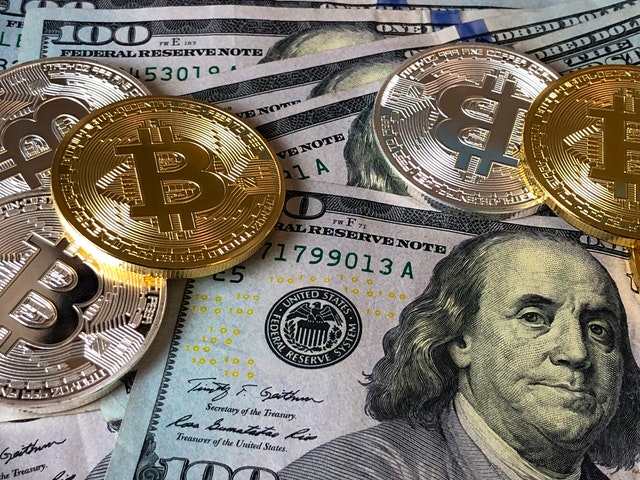If you’re interested in currency trading, but you don’t have a great broker like OANDA yet, this is just the article for you. We’re going to break down what currency or forex trading is and fill you in on the details of the world’s most traded currencies. At its most basic level, currency trading is similar to what you would do before traveling overseas; you would hand over some of your currency to an exchange bureau and get the equivalent value of your destination country’s currency in return. You buy one currency and sell another, and the value you receive in exchange for what you give depends on the exchange rate, which is constantly fluctuating.

Image by Pixabay via Pexels
The Basics.
Currency trading takes place in what we call the foreign exchange market. This is a global marketplace that never sleeps and is open for traders from Mondays to Fridays. All currency trading on the market is done over the counter, which essentially means that there is no physical exchange of one currency for another. No one central exchange exists, such as the New York Stock Exchange. There is a global network of financial institutions whose job is to oversee this marketplace, which differs significantly from the stock market. In the forex or currency market, most trading occurs between traders who work for banks, multinational corporations, and fund managers. These traders aren’t necessarily the end client; the person who will take possession of the currency after the trade has been completed. Generally, they are the middlemen who speculate on where the exchange rate will go and hope that their educated predictions are correct.
A trader might buy Euros and sell US dollars if they believe that the Euro might increase in value and enable them to buy more US dollars at some point in the future. Another person or company might use the market as a hedge in case the US dollar grows weaker.
 Image by David McBee via Pexels
Image by David McBee via Pexels
The Top Ten Most Traded Currencies
One might wonder why one currency is stronger than another and why the exchange rate fluctuates the way it does. Any currency’s strength or weakness is determined by how a number of local and international factors interact. Some of these factors include the interest rates that the central bank reflects, a given country’s trade balance or political situation, inflation and growth in local markets, or supply and demand in the forex markets.
The top ten most traded currencies in the world are currently:
- US Dollar
- Euro
- Japanese Yen
- Pound Sterling
- Australian Dollar
- Canadian Dollar
- Swiss Franc
- Renminbi
- Hong Kong Dollar
- New Zealand Dollar
The position of these currencies in the ranking will depend on some of the factors that we mentioned earlier and can shift and change at any time. Their strength and desirability are influenced and can vary due to a multitude of factors. Some of the changes that we are currently seeing in currency trading and worth come down to the instability in the East and the rest of the world’s trade or political involvement in the conflict.
 Image by Nappy via Pexels
Image by Nappy via Pexels
How Do We Trade These Currencies?
Though all currencies are different, they are all traded the same way. Every currency is assigned a three-letter code for the foreign exchange market. There are over 130 currencies traded worldwide, but the US dollar is involved in more than its fair share of the trading that goes on, so its code is already pretty well-known; USD. The Euro’s code is EUR.
All forex trades are shown as a combination of the two codes linked to the two currencies being traded. There are seven currency pairs that are known in the market as “the majors, and they account for more or less 75% of the trades in the market. These pairs are
- EUR/USD
- USD/JPY
- GBP/USD
- AUD/USD
- USD/CAD
- USD/CHF
- NZD/USD
Most trades that take place aren’t to exchange currencies for immediate use, as you would if you were going on vacation from one country to another. Instead, the aim is to make educated guesses (based on lots of information from past patterns and lots of trading experience) as to what the worth of each of the currencies in question will be at a point in the future. Do they think the value of their currency will rise relative to another currency, or do they think that it will fall? They use their knowledge to attempt to bring in more money than they currently have invested in a given currency. There are a few ways to do this, depending on your goal as a trader.
The forward market: Forex traders enter into a private contract with other traders and lock in the exchange rate for a certain amount of currency on an agreed-upon date.
Futures market: Traders make use of a standard contract to buy or sell an amount of currency at an agreed-upon date in the future; this is done on an open market.
The spot market: Currencies are swapped in real-time based on supply and demand.
Wrap Up
With this list of currency trading basics, we’re sure you’ll be off to a running start.
